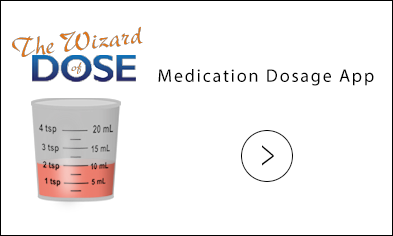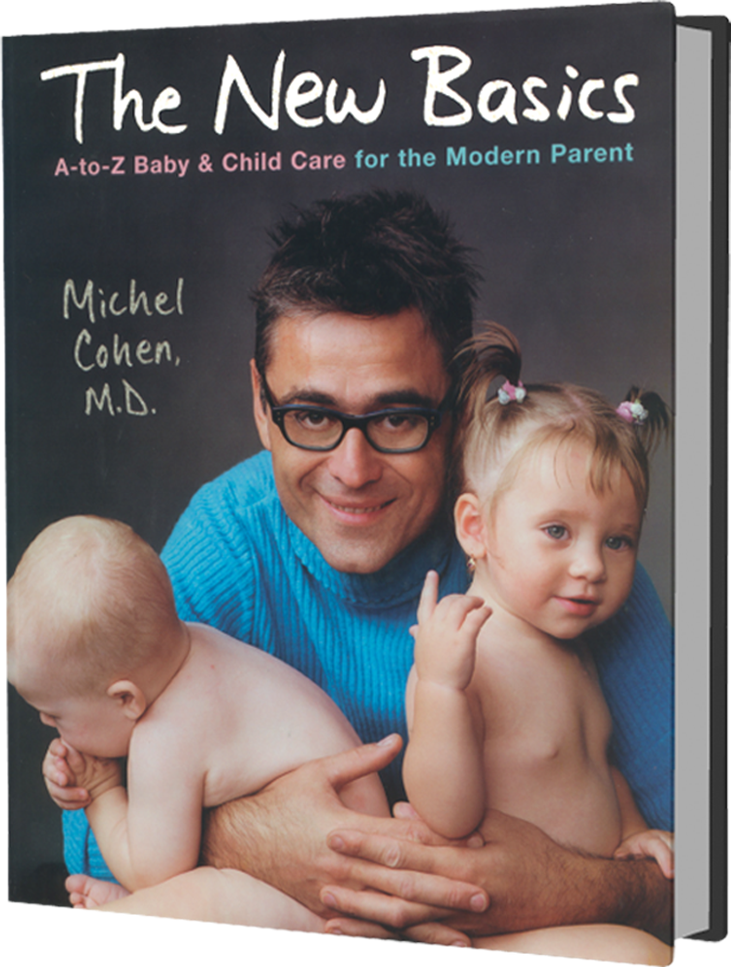
Herpes of the Mouth
Oral infection with the herpes virus produces a painful febrile condition for young children. It starts with aching sores inside and around the mouth, and it makes Jimmy miserable for a few days. Eating and drinking become uncomfortable ordeals, and combined with varying degrees of fever, his lack of fluid intake may lead to dehydration. In about five days, the lesions become crusty and slowly disappear. The virus will stay dormant in the area, however, but can be reactivated later—even a few years down the line—as a single fever blister that lasts a few days on the lip.
Oral herpes is acquired from direct contact (like kissing) with an adult whose active fever blister represents the reactivation of some childhood virus. It cannot be caught from indirect contact with an adult who has genital herpes lesions; this is a different virus that can only be transmitted sexually.
Pain medication is the key to treatment [See: Pain and Fever Medications]. If Jimmy spits up his medicine because of the sores, you might have to resort to acetaminophen suppositories. In addition, an antibiotic cream on the lesions around the mouth will prevent secondary bacterial infections. In terms of prevention, there is little you can do, partly because the virus is contagious even before the fever blister appears and partly because it’s hard to prevent kissing.




 MEDICATION DOSAGE
MEDICATION DOSAGE

